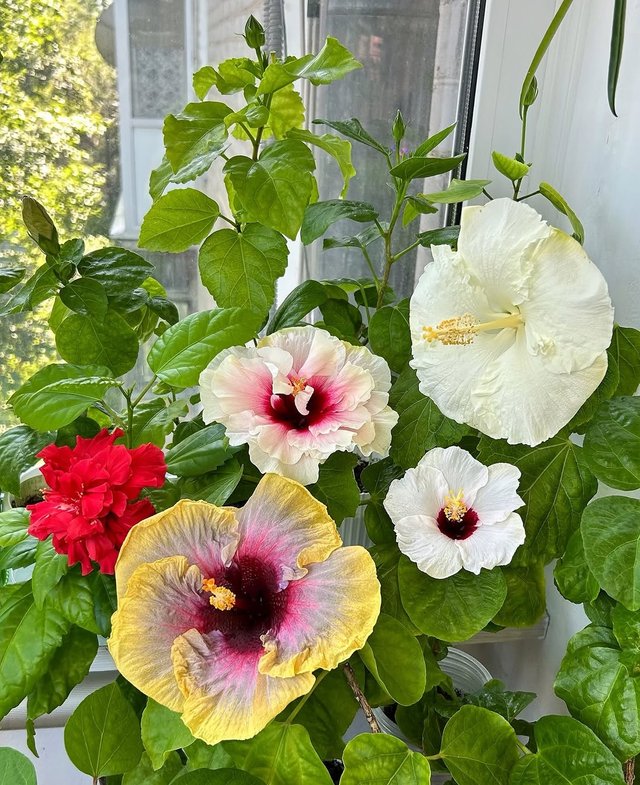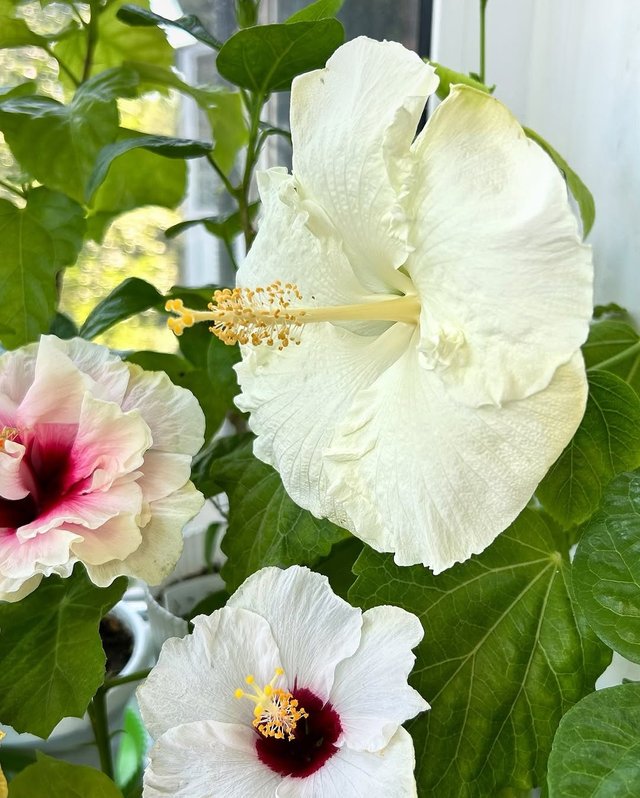So Beautiful Common Hibiscus Flower
The Common Hibiscus – A Symbol of Beauty and Grace
The Common Hibiscus, often called China Rose or simply Hibiscus, is one of the most popular ornamental plants in the world. Known for its striking, trumpet-shaped blossoms and vibrant colors, this plant has charmed gardeners, artists, and nature enthusiasts for centuries. Beyond its ornamental beauty, hibiscus holds cultural, medicinal, and ecological significance, making it a truly remarkable flowering shrub.
Botanical Profile
Scientific Name: Hibiscus rosa-sinensis
Family: Malvaceae
Native Range: Believed to be native to tropical Asia, but cultivated worldwide.
Plant Type: Evergreen shrub or small tree
Height: Typically 2–5 meters when grown in favorable conditions
Flowers: Large, trumpet-shaped, usually with five petals, available in colors ranging from red, pink, yellow, orange, white, and even bi-colored varieties.
Leaves: Glossy, dark green, oval-shaped with serrated edges.
Ornamental Beauty
The Common Hibiscus is most admired for its spectacular flowers. Each bloom is bold, showy, and often measures up to 6 inches across. Although each flower usually lasts only a day or two, the plant blooms profusely, ensuring that the shrub remains covered with blossoms throughout most of the year in tropical and subtropical regions.
Its versatility also adds to its popularity: it can be grown as a hedge, container plant, bonsai, or centerpiece in a garden. With proper pruning, it can be shaped into elegant forms that enhance any landscape.
Cultural and Symbolic Importance
Hibiscus flowers carry deep symbolic meanings across cultures:
In Hawaii, hibiscus is considered the state flower and symbolizes hospitality and joy. Women often wear hibiscus blossoms in their hair as a sign of beauty.
In India, the red hibiscus is sacred to the goddess Kali and is used in religious rituals.
In China and Malaysia, hibiscus represents fame, wealth, and personal glory.
In many tropical regions, the flower is used as a natural ornament for celebrations and festivals.




%20(7).jpeg)